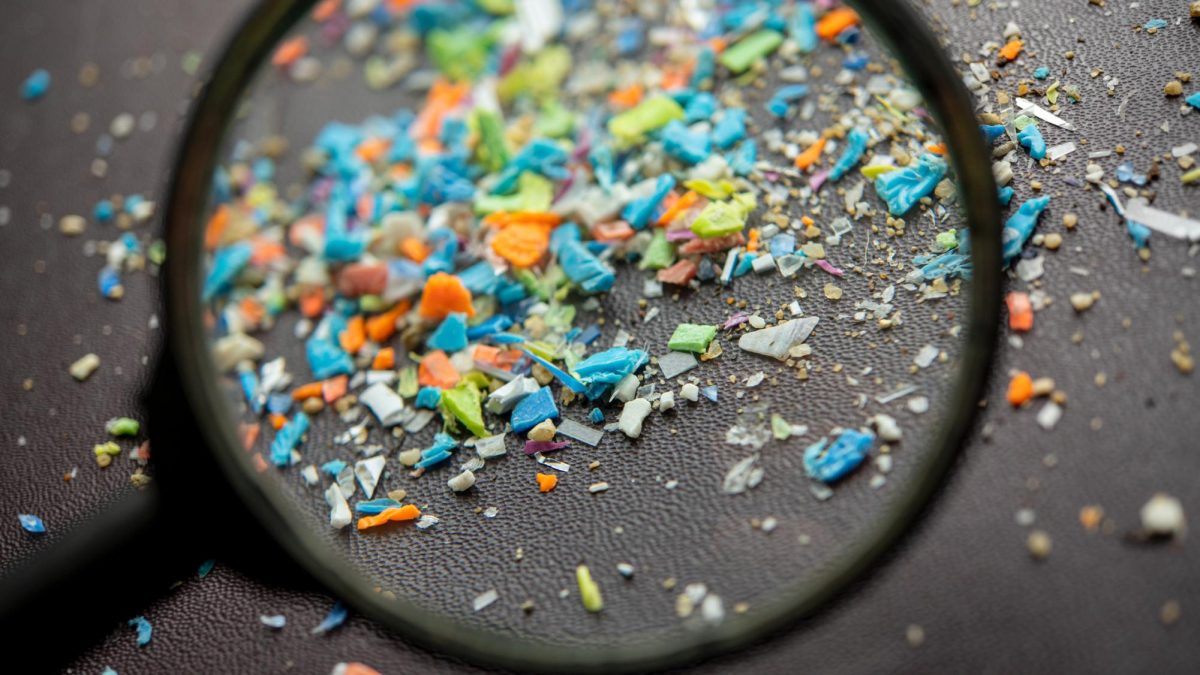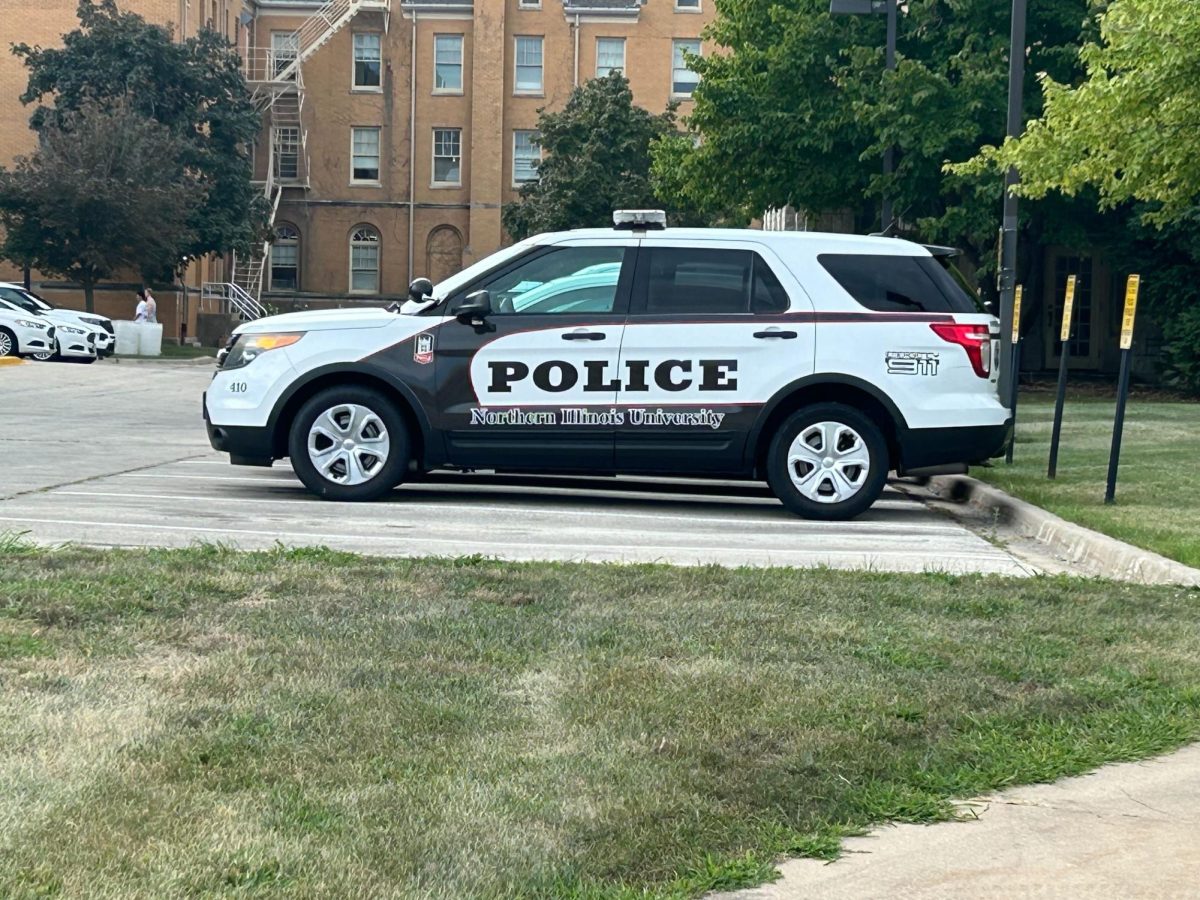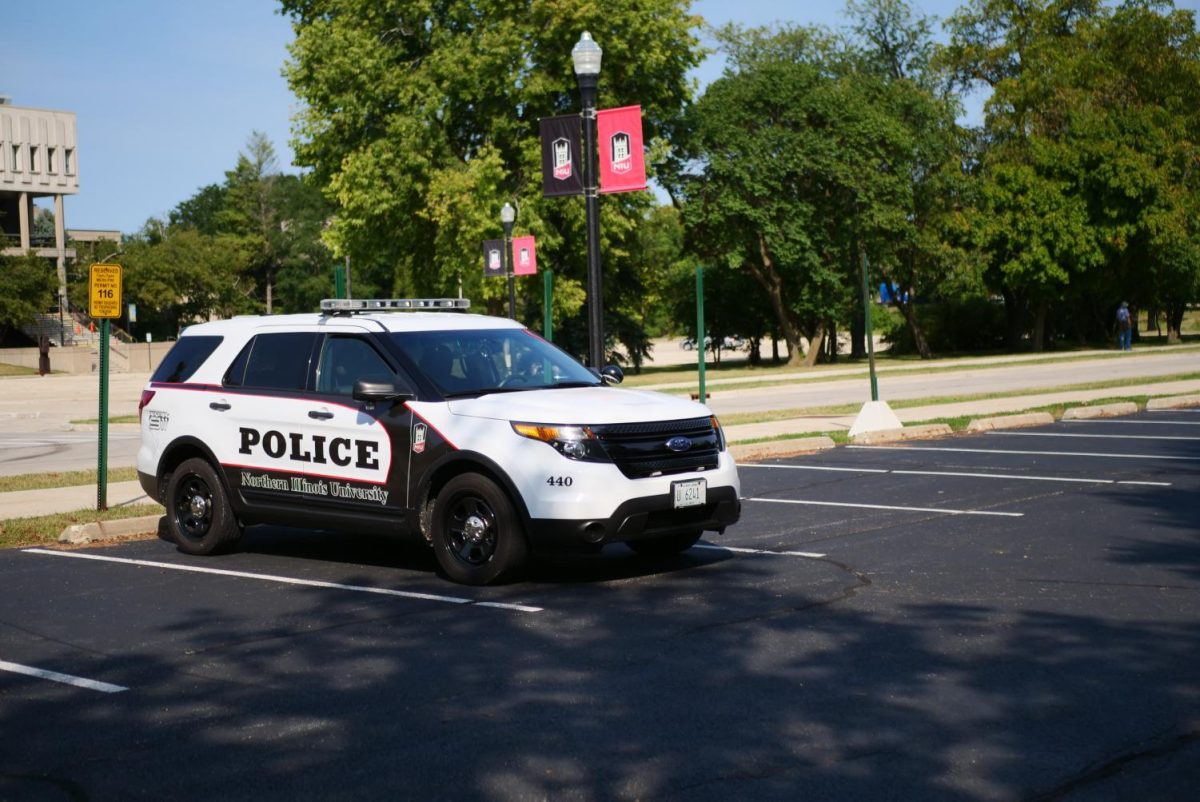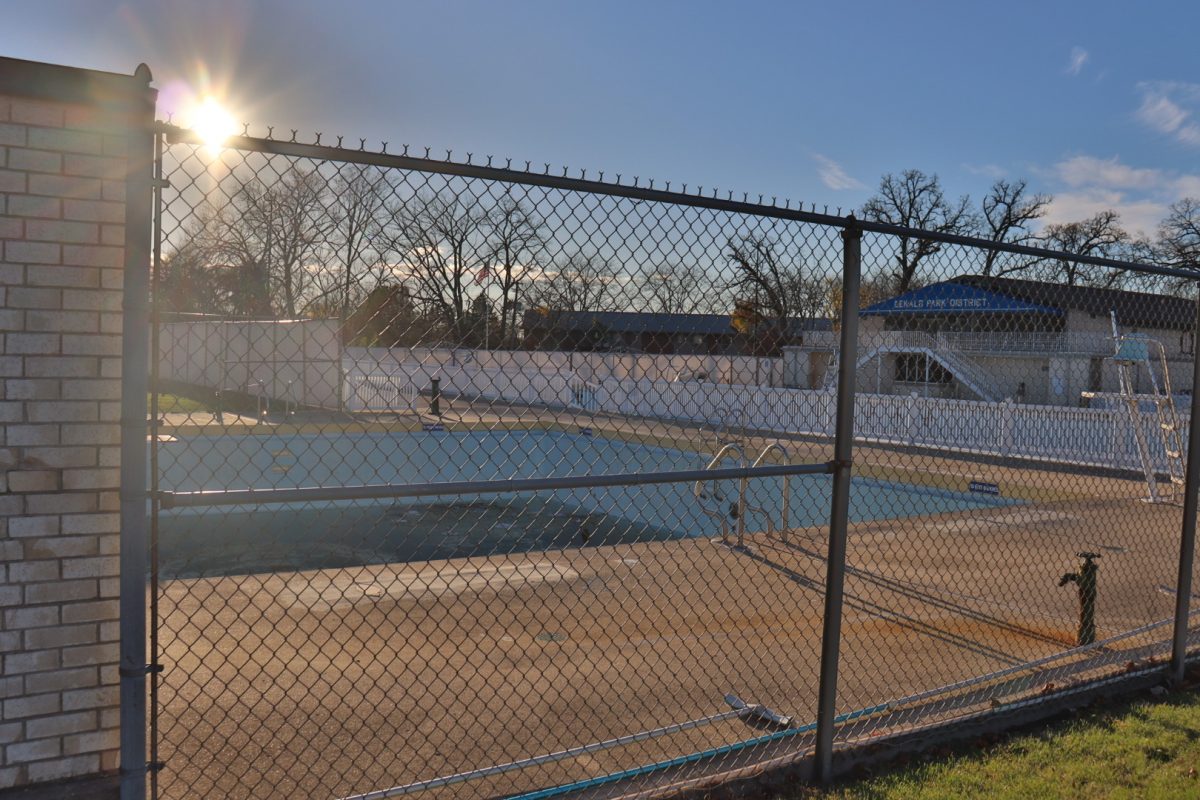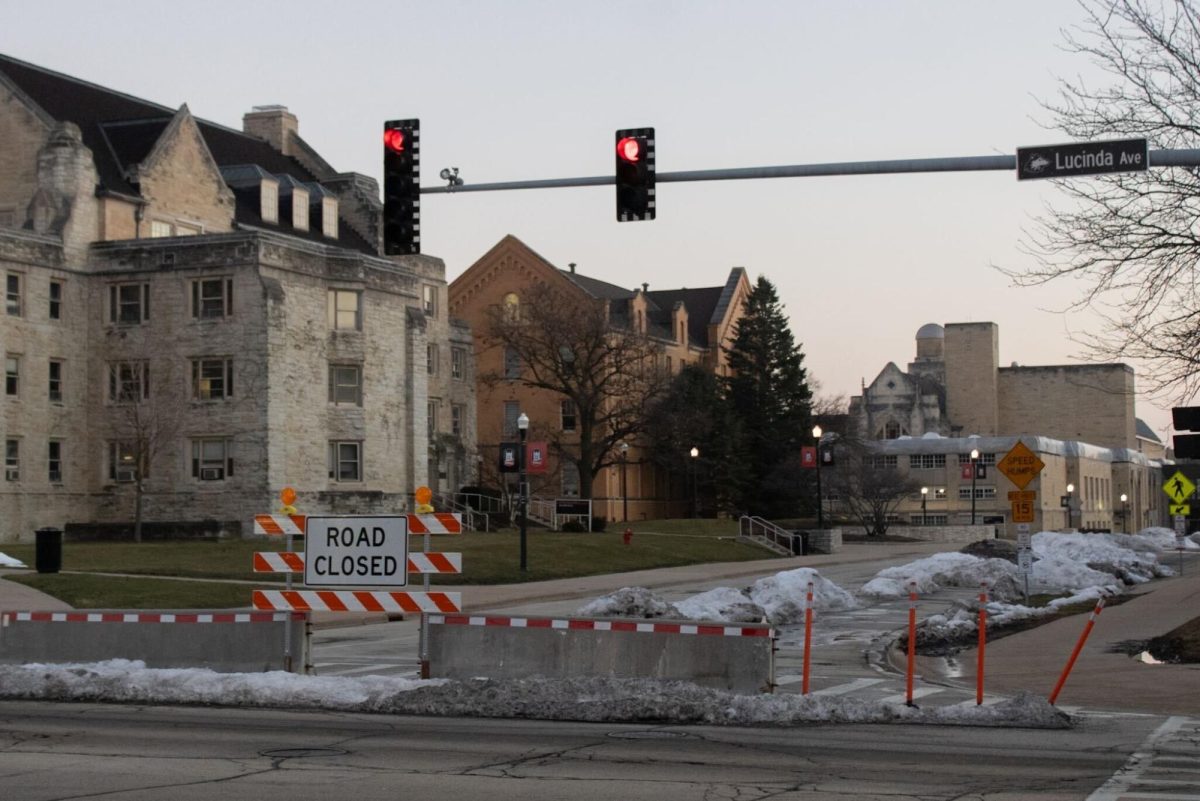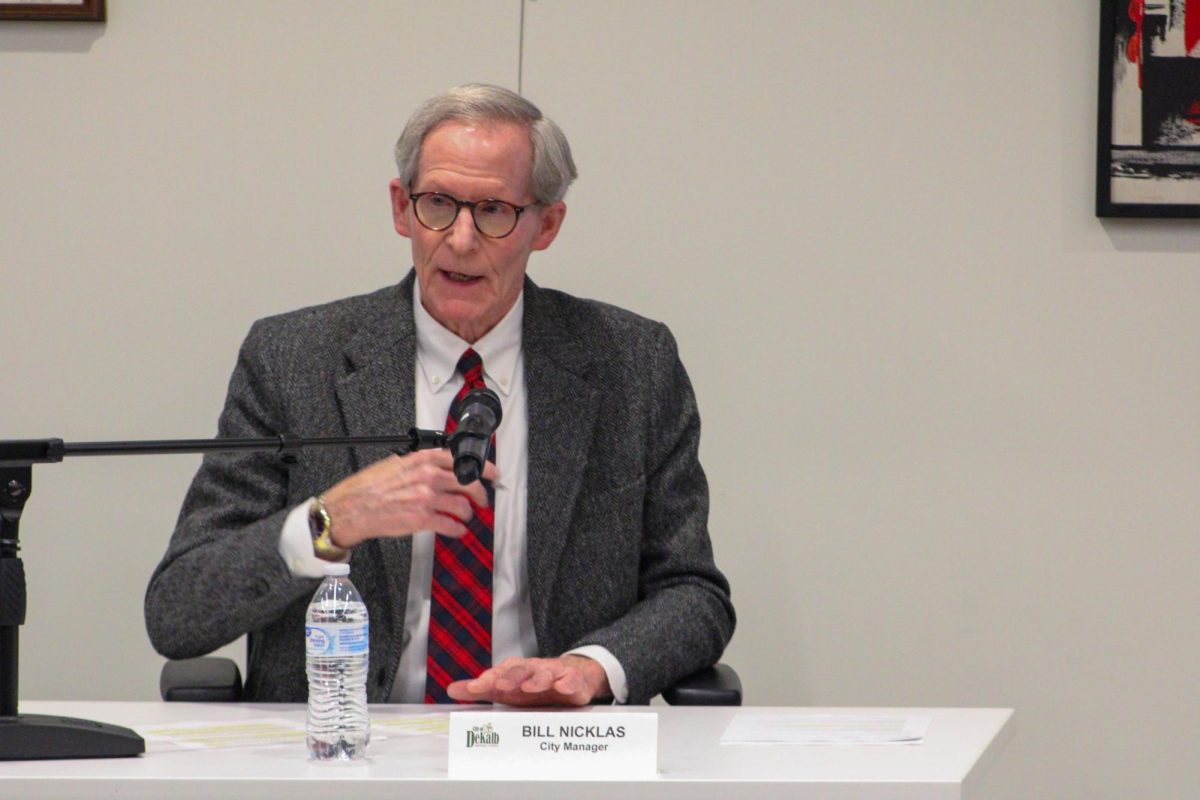DeKALB – Plastic is in almost every facet of our lives; but despite this prevalence, researchers don’t know the lasting effects of microplastics and plan to find out.
The Northern Illinois Center for Community Sustainability has acquired a new technology system to research microplastics. Once the physical center is built it will house the new system, an infrared imaging device. The center plans on partnering with other organizations to use the device to research microplastics’ effect on our environment.
Microplastics are any plastics that are 5 millimeters in length or smaller. These miniature plastics come from larger plastics that have broken down. Plastics don’t biodegrade or decompose, they only break down into smaller and smaller pieces that are still in the environment according to Melissa Lenczewski, a professor in the department of earth, atmosphere and environment and a faculty member for the institute for the study of environment, sustainability and energy.
“When you open up a water bottle, you shred a little bit of plastic and that little bit of plastic gets into your water. So you’re drinking that in. Microplastics are in everything and everywhere,” Lenczewski said. “ They’re (microplastics) not regulated in anything, but we’re starting to recognize that they’re found everywhere. And we are researching as a scientific community – what are the problems with having plastics everywhere? Is this going to cause issues? Right now we’re at the phase of what we call an emerging contaminant.”
Lenczewski said microplastics are concerning because they absorb other compounds, including metals, which help facilitate the movement of other contaminants.
Part of what the center plans to research are the movements and long-term effects microplastics have on the environment.
The device for detecting microplastics is a laser direct infrared (LDIR) chemical imaging system from Agilent Technologies.
LDIR works by taking a sample and placing it on a gold filter. The filter leaves behind only microplastics from the sample. An infrared laser is then shone onto the microplastics, taking pictures and measurements to identify where the microplastics came from. Samples can be from anything, including soil, water, air and even the human body.
The alternative to using the LDIR system is for researchers to use a stereoscopic microscope to observe microplastic samples. Researchers would have to count by hand and decipher where microplastics came from.
“For microplastics, this is the game changer piece of equipment. It is so awesome. We’re very excited about it,” said Megan Brown, assistant professor in the department of earth, atmosphere and environment.
The center was awarded the major research instrumentation grant of $416,796 from the National Science Foundation to purchase the LDIR and partner with other organizations to help research microplastics.
The LDIR system will arrive in January 2024 and be installed in February the same year. Davis Hall will temporarily house the system until the DeKalb NICCS building is constructed. Afterward, the LDIR system will be moved to its permanent location at NICCS on Recreation Drive across from the Center for the Study of Family Violence and Sexual Assault.
In the meantime, samples are being gathered and research proposals are being written. NICCS plans on partnering with companies, other universities and government agencies around the world.
“I have a current student who is sampling a rural agricultural creek and to see how microplastic concentrations change with different seasonal farming practices,” Brown said. “That project is going to be continued by another student and expanded a little bit, so we’ll be looking at the amount of microplastics in that creek all the way from – it runs from DeKalb to almost Rockford”.
Lenczewski recently went to Thailand to collect soil samples at an electronic recycling plant to later examine for broken-down microplastics. Lenczewski plans on using the LDIR to look at dust particles for metal and microplastics being breathed in from the recycling.


